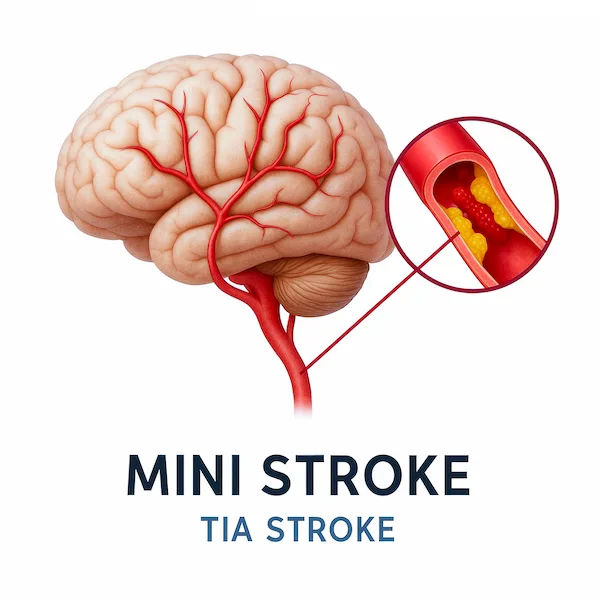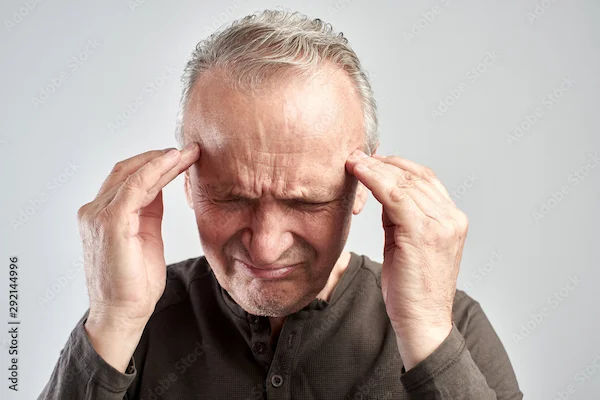Guide to Stroke Management in Advanced Brain Stroke Centres
Learn how advanced brain stroke centres manage strokes with rapid diagnosis, cutting-edge treatments, and comprehensive rehabilitation to improve recovery and prevent future strokes.

Written by Dr. Vasanthasree Nair
Reviewed by Dr. D Bhanu Prakash MBBS, AFIH, Advanced certificate in critical care medicine, Fellowship in critical care medicine
Last updated on 9th Oct, 2025
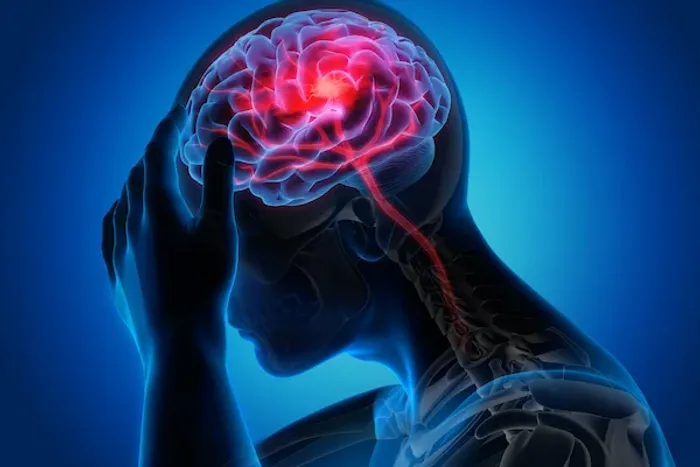
Introduction
A brain stroke is a medical emergency that strikes suddenly, altering lives in an instant. It occurs when the blood supply to a part of the brain is interrupted or reduced, preventing brain tissue from getting oxygen and nutrients. In those critical moments, knowing what a stroke is, how to recognise it, and what happens inside an advanced brain stroke centre can make the difference between life and death, and significantly impact the quality of recovery. This guide demystifies the journey through stroke management, from the first frightening symptoms to long-term rehabilitation. We will walk you through the advanced protocols of comprehensive stroke centres, explain cutting-edge treatments like thrombectomy, and outline the multidisciplinary approach to rehabilitation that offers the best hope for reclaiming independence. Understanding this pathway empowers patients and families to act fast and partner effectively with healthcare teams for optimal outcomes.
What is a Stroke? Understanding the Brain Attack
A stroke, often called a "brain attack," is akin to a heart attack but in the brain. It's a sudden disruption of blood flow, causing brain cells to begin dying within minutes. Effective brain stroke management starts with understanding the two primary types, as their treatments are fundamentally different.
Ischaemic Stroke: The Blocked Artery
Accounting for about 87% of all strokes, an ischaemic stroke occurs when a blood clot blocks an artery supplying blood to the brain. The clot can form directly in the brain's blood vessels (thrombotic stroke) or travel from elsewhere in the body, such as the heart, and lodge in a narrower brain artery (embolic stroke).
Haemorrhagic Stroke: The Burst Blood Vessel
This type of stroke is caused by a blood vessel in the brain leaking or rupturing. The leaked blood puts pressure on brain cells, damaging them. High blood pressure and aneurysms (weak spots in blood vessel walls) are common causes. The immediate management of a haemorrhagic stroke focuses on controlling the bleed and reducing pressure.
Recognising the Signs: The FAST Acronym and Beyond
Time is brain. Recognising symptoms using the FAST acronym is crucial:
Face: Ask the person to smile. Does one side of the face droop?
Arms: Ask them to raise both arms. Does one arm drift downward?
Speech: Ask them to repeat a simple phrase. Is their speech slurred or strange?
Time: If you observe any of these signs, call emergency services immediately.
Other symptoms include sudden numbness, confusion, trouble seeing, walking, or a severe headache.
Consult a Neurologist for the best advice
The Golden Hour: Why Immediate Action is Critical
The first 60 minutes after a stroke—often called the "golden hour"—are the most critical. The sooner a patient receives treatment, the better their chances of survival and recovery. Every minute delayed, an average of 1.9 million brain cells are lost. This is why calling an ambulance is far superior to driving to the hospital yourself; paramedics can begin assessment and alert the hospital en route, activating the stroke response team before arrival.
What to Do While Waiting for an Ambulance
Every minute counts during a stroke emergency—here’s what to do while waiting for medical help to arrive:
Note the time when symptoms first appeared.
Do not give the person any food, drink, or medication.
Keep the person comfortable, lying on their side if they are unconscious (to prevent choking).
Be prepared to inform emergency personnel about the person's symptoms and medical history.
Inside a Comprehensive Stroke Centre: The First 24 Hours
Upon arrival at an advanced stroke centre, a well-rehearsed protocol swings into action. These centres have the specialised staff, equipment, and expertise to provide the highest level of complex stroke care.
Rapid Diagnosis: The Role of CT Angiography and MRI
The first step is almost always a non-contrast CT scan of the brain. This quickly determines the stroke type—it can show bleeding from a haemorrhagic stroke or rule it out, pointing towards an ischaemic stroke. For ischaemic strokes, a CT Angiography (CTA) can then precisely locate the blockage. An MRI provides even more detailed images of the brain tissue at risk.
Acute Stroke Treatment Options
Thrombolysis (tPA): The Clot-Busting Drug
For ischaemic strokes, a medication called alteplase (tPA) can dissolve the clot. It is most effective if administered within 4.5 hours of symptom onset. However, it carries a risk of bleeding and is not suitable for all patients.
Mechanical Thrombectomy: Physically Removing the Clot
This is a revolutionary procedure for large vessel occlusions (major blockages). A surgeon threads a catheter through an artery in the groin up to the blocked brain vessel. A retrievable stent is used to grab and remove the clot. Thrombectomy can be effective up to 24 hours after symptom onset for some patients, dramatically improving outcomes.
Managing a Haemorrhagic Stroke
Treatment focuses on controlling the bleed and reducing pressure on the brain. This may involve medications to lower blood pressure, reverse blood thinners, or surgery to clip an aneurysm or remove the accumulated blood.
Specialised Stroke Unit Care: The Backbone of Recovery
After acute treatment, patients are moved to a dedicated Stroke Unit. This is not just a ward; it's a coordinated system of care proven to reduce mortality and disability.
Multidisciplinary Team Approach
Care is delivered by a team including neurologists, nurses, physiotherapists, occupational therapists, speech-language pathologists, and dietitians. They work together to create a personalised stroke recovery plan.
Continuous Monitoring and Preventing Complications
The team vigilantly monitors for complications like brain swelling, infections, deep vein thrombosis, and swallowing difficulties (dysphagia), which can lead to pneumonia. If your condition is complex and requires ongoing specialist monitoring, consulting a neurologist online with Apollo24|7 can provide continuity of care after discharge.
The Road to Recovery: Post-Acute Stroke Rehabilitation
Rehabilitation is the cornerstone of regaining function. It begins in the hospital and continues for months or years.
Physical Therapy: Regaining Movement and Strength
Therapists work on improving balance, coordination, strength, and mobility to overcome weakness or paralysis on one side of the body (hemiparesis).
Occupational Therapy: Relearning Daily Skills
This therapy focuses on enabling patients to perform activities of daily living (ADLs) independently, such as dressing, eating, and bathing. They also recommend adaptive equipment for the home.
Speech and Language Therapy: Overcoming Aphasia
Therapists help patients recover communication skills affected by aphasia and address swallowing disorders to ensure safe eating and drinking.
Preventing Another Stroke: Long-Term Management Strategies
About 1 in 4 stroke survivors will have another one. Secondary prevention is, therefore, a lifelong commitment.
Medication Adherence: Antiplatelets, Anticoagulants, and More
Patients are typically prescribed medications like aspirin or clopidogrel (antiplatelets) or warfarin/dabigatran (anticoagulants for AFib) to prevent future clots. Statins for cholesterol and drugs for blood pressure control are also common.
Lifestyle Modifications: Diet, Exercise, and Smoking Cessation
A heart-healthy diet (like the DASH or Mediterranean diet), regular physical activity, and quitting smoking are non-negotiable for reducing risk factors. Apollo24|7 offers convenient home collection for tests like HbA1c and lipid profiles, making it easier to monitor key health markers from home.
Managing Underlying Conditions: Hypertension, Diabetes, and AFib
Strict control of conditions like high blood pressure, diabetes, and atrial fibrillation (AFib) is essential. Regular follow-ups with a doctor are critical. If managing these conditions feels overwhelming, booking a physical visit to a doctor with Apollo24|7 can help you create a sustainable long-term management plan.
The Emotional Journey: Mental Health and Support Systems
A stroke can lead to depression, anxiety, and emotional lability (sudden, uncontrollable laughing or crying). Acknowledging and addressing these psychological impacts is vital. Support from family, friends, and survivor support groups provides immense strength and motivation throughout the stroke rehabilitation process.
Conclusion
Navigating the aftermath of a brain stroke is a challenging journey, but one that is far less daunting with knowledge and the right medical partnership. From the lightning-fast response in the golden hour to the dedicated, slow-and-steady work of rehabilitation, advanced brain stroke management offers a clear pathway to recovery. The integration of cutting-edge acute interventions like thrombectomy with comprehensive, compassionate rehabilitation in a dedicated stroke unit represents the gold standard in care. Remember, recovery is a unique process for each individual, fueled by perseverance, a strong support system, and consistent medical follow-up. By taking an active role in prevention and rehabilitation, survivors can reclaim their lives and look toward the future with hope. If you or a loved one is at risk, take proactive steps today by speaking with a healthcare professional about managing your health.
Consult a Neurologist for the best advice
Consult a Neurologist for the best advice

Dr. Avinash Gupta
Neurologist
12 Years • MBBS, DNB - Neurology
Bilaspur
Apollo Hospitals Seepat Road, Bilaspur
(150+ Patients)

Dr. Uddalak Chakraborty
Neurologist
8 Years • MBBS, MD(GENL.MED.),DM(NEUROLOGY)
Kolkata
MCR SUPER SPECIALITY POLY CLINIC & PATHOLOGY, Kolkata
(25+ Patients)

Dr Debnath Dwaipayan
Neurosurgeon
9 Years • MBBS, MS(Gen. Surgery), DrNB (Neurosurgery)
Delhi
Apollo Hospitals Indraprastha, Delhi
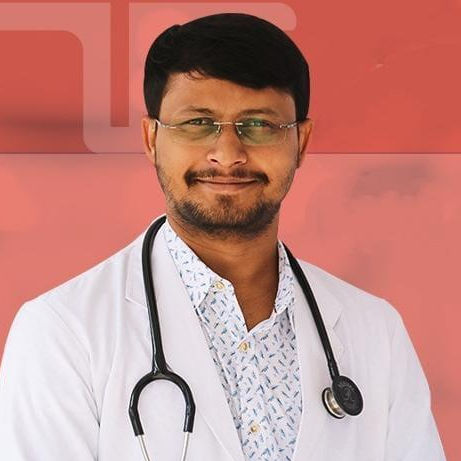
Dr. Ganeshgouda Majigoudra
Neurologist
10 Years • MBBS, MD ( GENERAL MEDICINE) DM (NEUROLOGY)
Bengaluru
Apollo Clinic, JP nagar, Bengaluru
Dr. Lakshaman K
Neurologist
19 Years • MBBS,MS General Medicine,MCH Neurosurgery
Bengaluru
R V speciality Clinic, Bengaluru
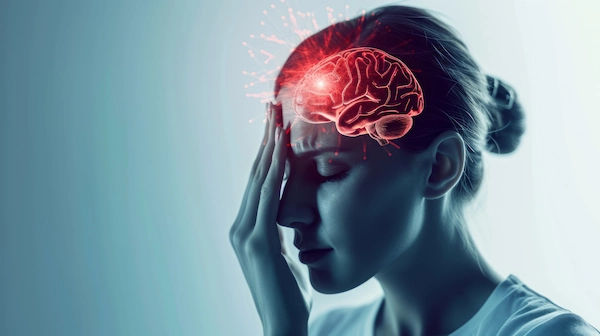
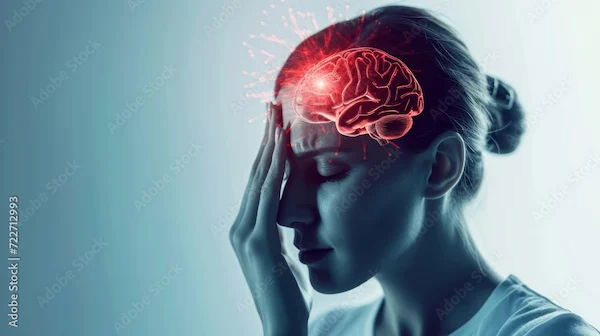
.webp)
